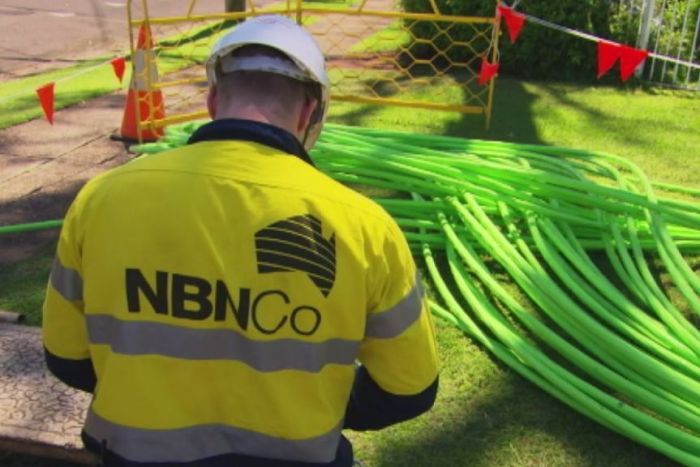It’s almost always the way; we don’t often get news about things costing less as time goes on, and with internet access in Australia, it almost never gets cheaper. A number of ISPs hiked their prices last year in the face of the COVID-19 pandemic placing extra demands on their services, and now NBN Co has flagged further changes which will drive prices further next year.
In a new pricing consultation paper released this week, NBN Co has laid out two options for providers commencing May 2022:
- Freezing prices for AVC (Access Virtual Circuit, a fixed charge per connection) at May 2021 levels, and increasing CVC (Connectivity Virtual Circuit, a variable charge) capacity levels at no charge to retailers, or
- Increasing AVC price by $2 per month, and including an additional $2.80 worth of CVC value over and above those in option 1
While it might seem that Option 1 would result in no net price increase, that’s not exactly true. Option 1 could see prices rise as retailers would need need to push users to higher speed plans to access the additional CVC inclusions, and Option 2 would simply encourage providers to pass on increased costs to their users.
Nothing is set in stone yet, but as the NBN moves past “completion” and into re-build territory, the company still needs to turn a profit for its government owners before an eventual privatisation, and increasing prices is pretty much the only way that’s likely to happen.
The pricing consultation is just the first part of the process; taking into account provider feedback, NBN Co will prepare an interim pricing paper for release mid year, ahead of a final report in the 3rd quarter. Then we’ll get a fair picture of how NBN pricing will change to providers, and thus from providers to customers.





Everything goes up, Sec, Rates, Insurance (Which my house has jumped $500 a year with all the world disasters). Its life!
Until the NBN, internet costs had fallen and value had risen. This was mainly due to the cost of technology falling and customer numbers increasing. Tthe NBN is delivering significant added value compared with ADSL, however speed tiers limit that value for most people. Somebody has to pay for the expensive infrastructure build. Labor’s plan was for heavy downloaders to pay through CVC charges. RSPs (in particular TPG) attacked that by offering unlimited data plans with peak time consumers. Consumers accepted poor performance as the trade-off for unlimited data. The LNP broke Labor’s model by discounting CVC from $20/Mbps to… Read more »
Happy to pay more if I can better service than the FTTN that I am currently on. Even happy to increase speed and sign up for a contract.
This would have been breaking news in 2009 when Labor published the first edition of the NBNCo Corporate Plan. If you crunched the numbers, Labor’s NBNCo plan required an ARPU to grow higher than $100 to meet financial estimates.
Labor’s plan was for that revenue growth to occur through data consumption as history show people will pay to increase quotas, but rarely speeds. Labor’s mistake was adding speed tiers.
The LNP slashed NBNCo’s revenue growth potential by cutting CVC from $20/Mbps to ~$8/Mbps and bundling CVC with AVC.